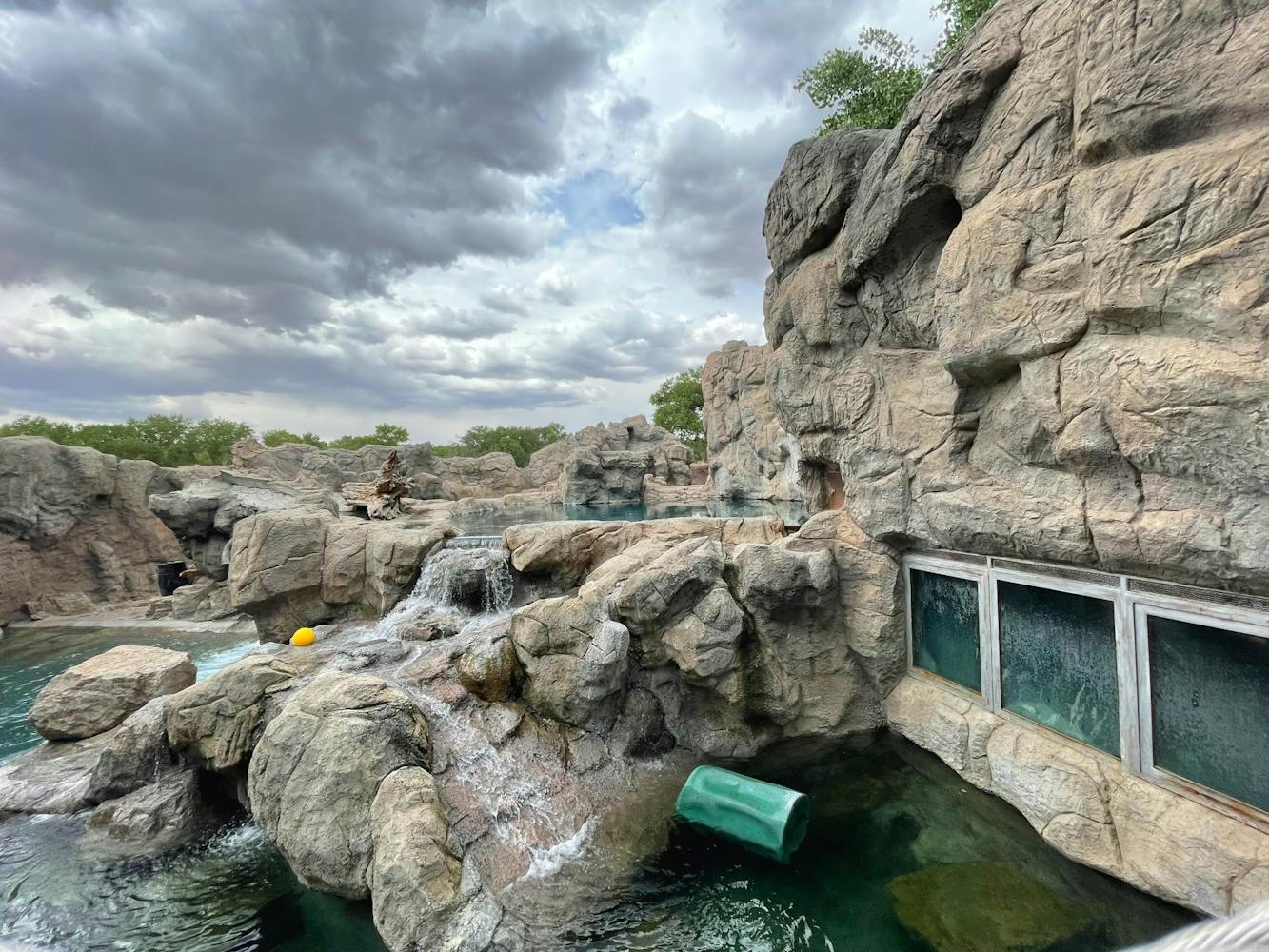The Albuquerque BioPark announced that their 26 year-old polar bear named Koluk passed via euthanasia on May 26. The zoo's decision to put down the large animal was due to Koluk’s rapid health decline, the park stated.
In 2022, KOAT reported that seven animals at the BioPark had died in the past few years, including multiple primates that passed due to a shigella bacteria.
Koluk is not the first animal to be euthanized at the zoo. One euthanization case dates back to 2010 when a Giraffe was euthanized, dismembered and tossed in a trash bin at the park. Training was a repercussion, but no one was immediately or expected to be fired, according to the Albuquerque Journal.
The zoo said the typical life expectancy of a male polar bear is about 20 years in captivity and 15-18 years in the wild. The zoo reported that Koluk was noticeably sluggish and not behaving in a typical way.
On May 19, the zoo conducted a check-up, and soon after the zoo and medical staff decided to euthanize the bear, according to Casey Taylor, ABQ BioPark assistant mammal curator.
Taylor said this was a typical death for a male polar bear and they would not have been able to manage how far the disease had gotten.
“Euthanization was the best option because his quality of life decreased in the last week and there was no treatment for how far his kidneys were gone, so there was no way to make him comfortable,” Taylor said.
“In Defense of Animals” is an animal rights advocacy group that has been opposed to the Biopark’s treatment of animals. In 2021, they listed them as number two on a list of “10 Worst Zoos for Elephants.”
At the end of 2021 and beginning of 2022, two elephants died at the Biopark due to a herpes virus.
Brittany Michelson – a captive animals campaign specialist with “In Defense of Animals” – is opposed to zoos. She said they are ultimately a business, which can lead to money and resources being their priority.
“Oftentimes, zoos are too quick to euthanize,” Michelson said.
Koluk has been with the ABQ BioPark along with his brother, Kiska, for over 25 years. They were born in 1996 in Utah’s Hogle Zoo and were moved to the ABQ BioPark in 1997. They have been together their entire lives, according to the BioPark.
Get content from The Daily Lobo delivered to your inbox
Taylor said that, for Kiska, the death is a big change, but that he hasn’t been acting unusual. She said the zoo is closely monitoring him and providing extra checks throughout the day to make sure he’s not showing any sign of depression or stress.
“We have animal welfare assessments that we do when there's any dramatic change in life. We're doing those assessments to make sure we aren’t missing any subtle changes in his behavior so far, though he seems to be doing really well,” Taylor said. She said that the zoo is aware that this can negatively affect him.
Michelson said she had received concern over the activity of the polar bears at the BioPark, including the pacing, swaying and odd head movements displayed by the animals. Michelson said this can indicate stress and that the enclosures may be too small.
In this KRQE clip from five years ago, Kiska and Koluk execute this behavior.
In a report from Northeast Wildlife, a zoologist says that these behaviors are due to stress and poor welfare in captivity. A study from Faunalytics, an animal rights advocacy research center, says that this behavior could be caused by brain abnormalities from being in captivity or an ongoing reaction to captivity.
Despite Koluk’s older age before his death, he was still physically active and engaged.
“Throughout his whole life here at the biopark, he really liked playing with new toys that we would provide him and he really was engaging with the keepers that worked with him,” Taylor said. “He always was willing to train.”
Michelson said a sanctuary – opposed to a zoo – can provide more space and support for the animals who are unable to live in the wild for various reasons.
“Oftentimes, the best interest of the animals falls short, whereas at an animal sanctuary, the best interest of the animals is always first,” Michelson said.
Miyawni Curtis is the news editor at the Daily Lobo. She can be contacted at news@dailylobo.com or on Twitter @MiyawniCurtis
Miyawni Curtis is a senior reporter at the Daily Lobo and served as the Summer 2023 news editor. She can be contacted on Twitter @MiyawniCurtis







